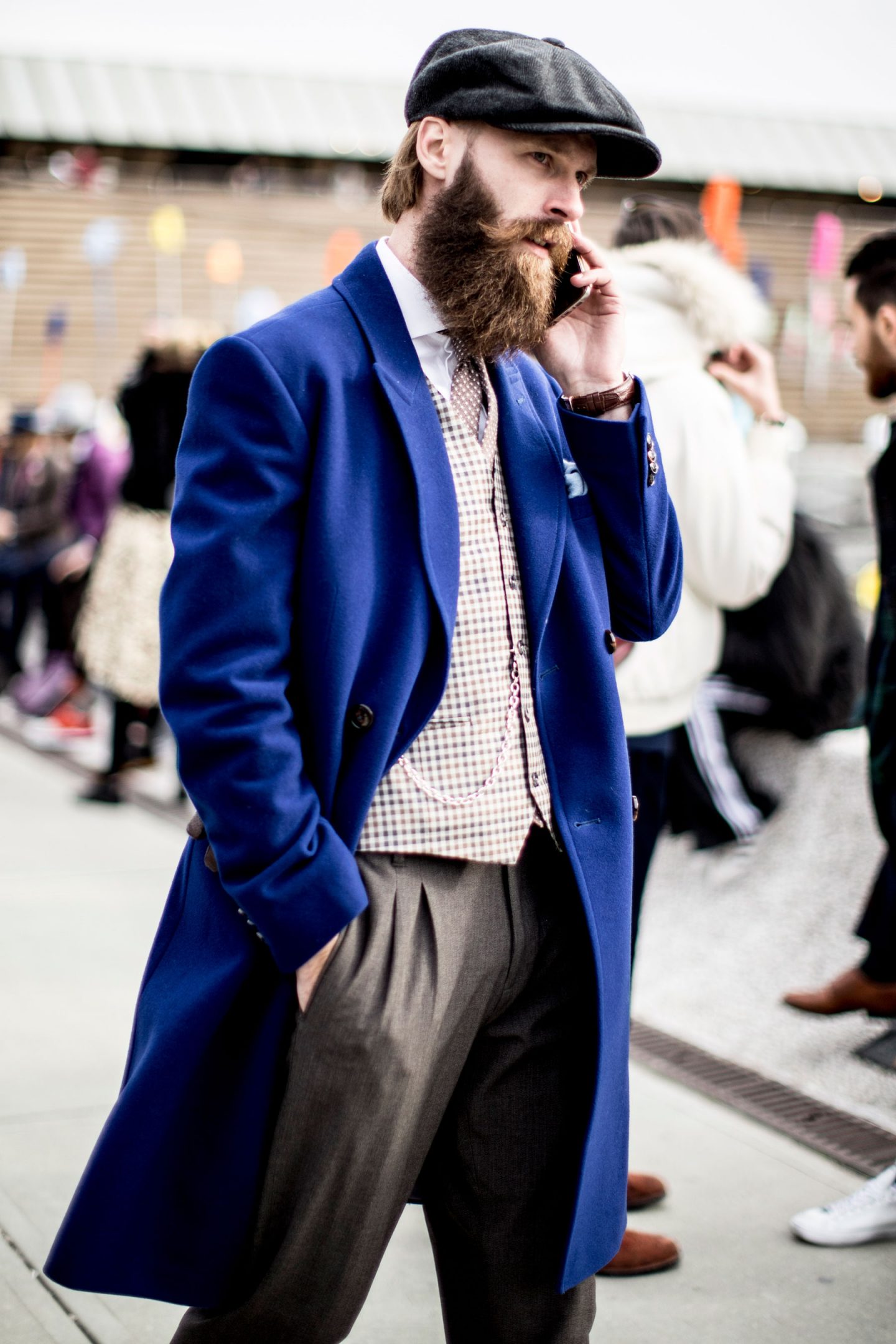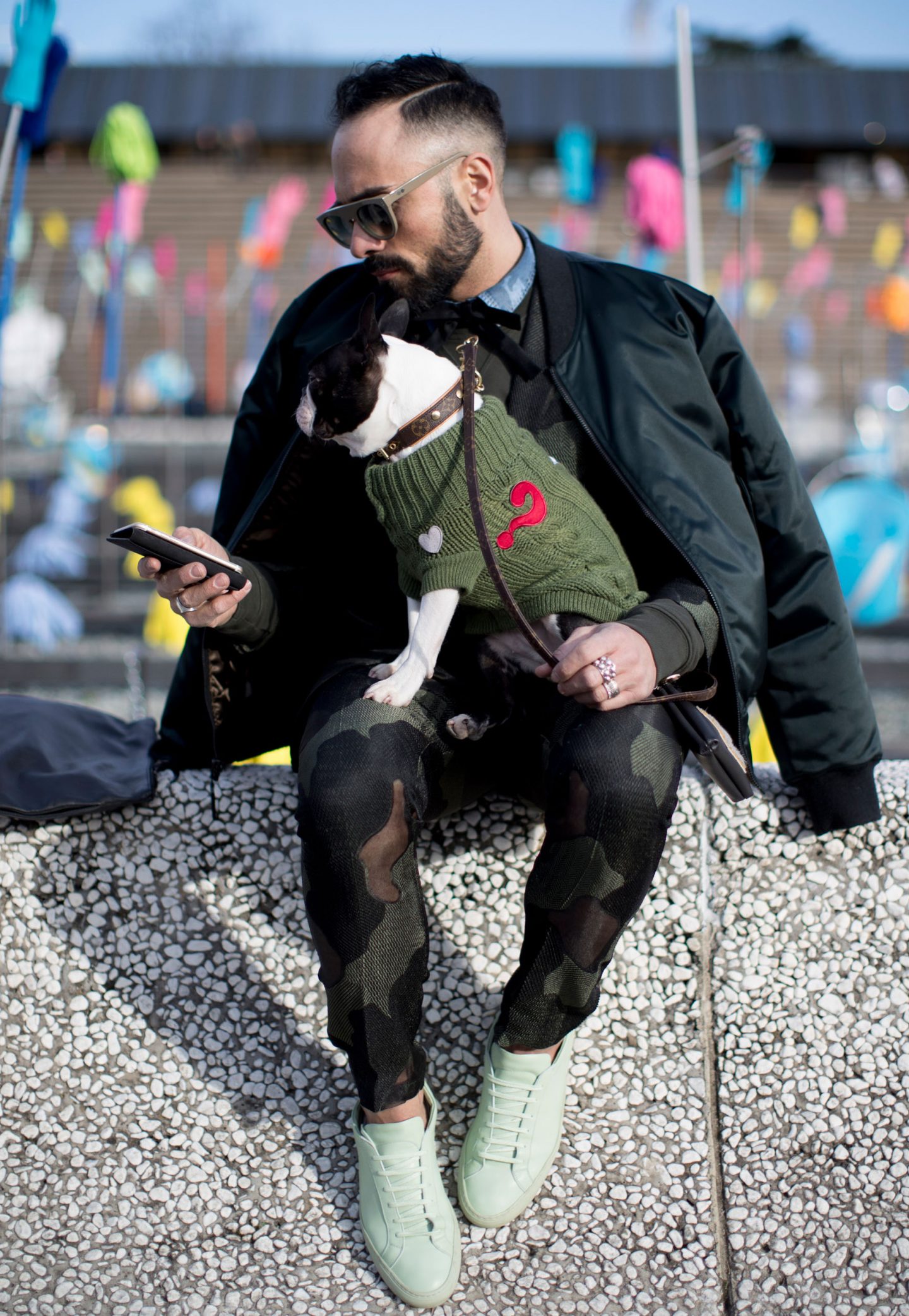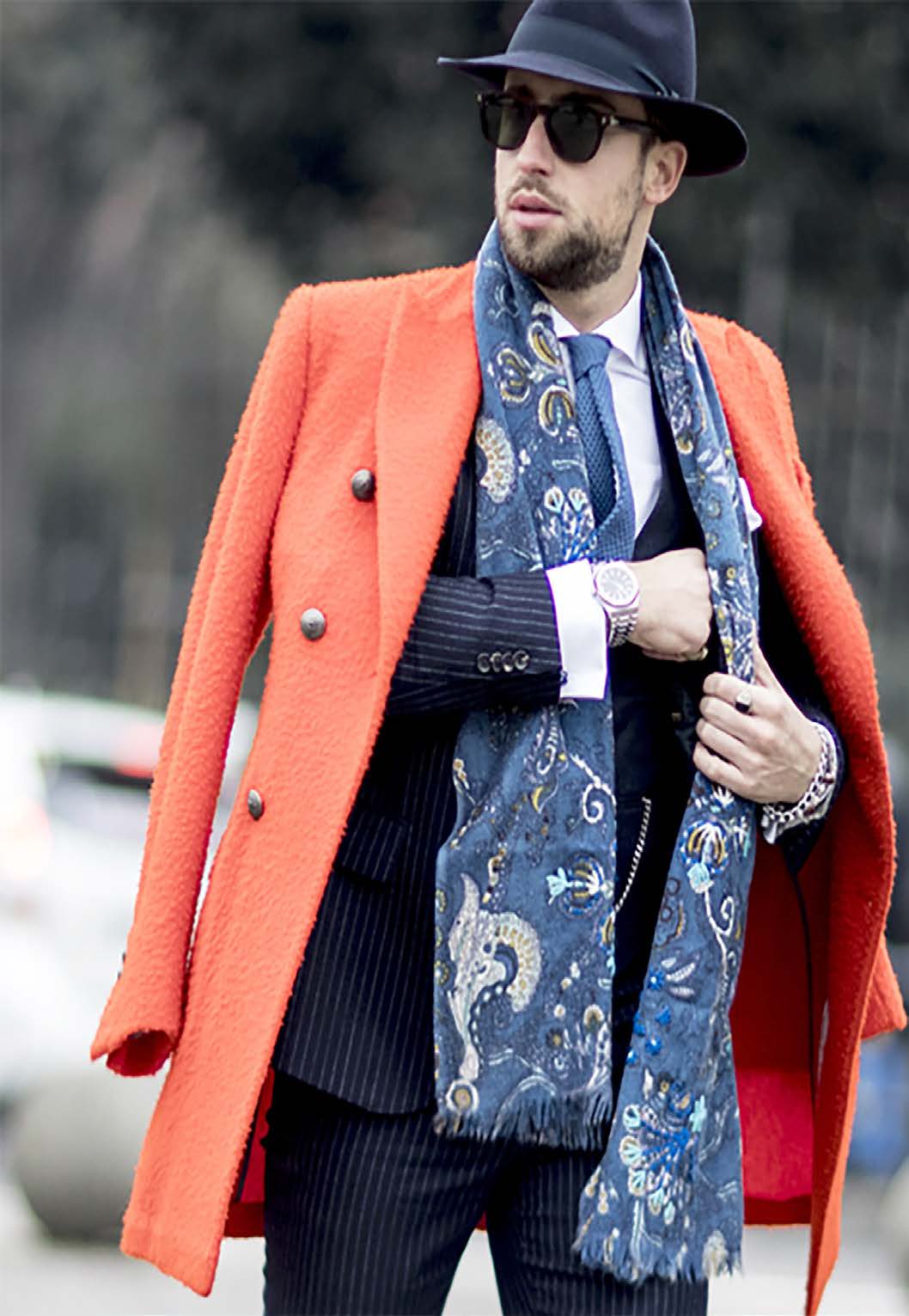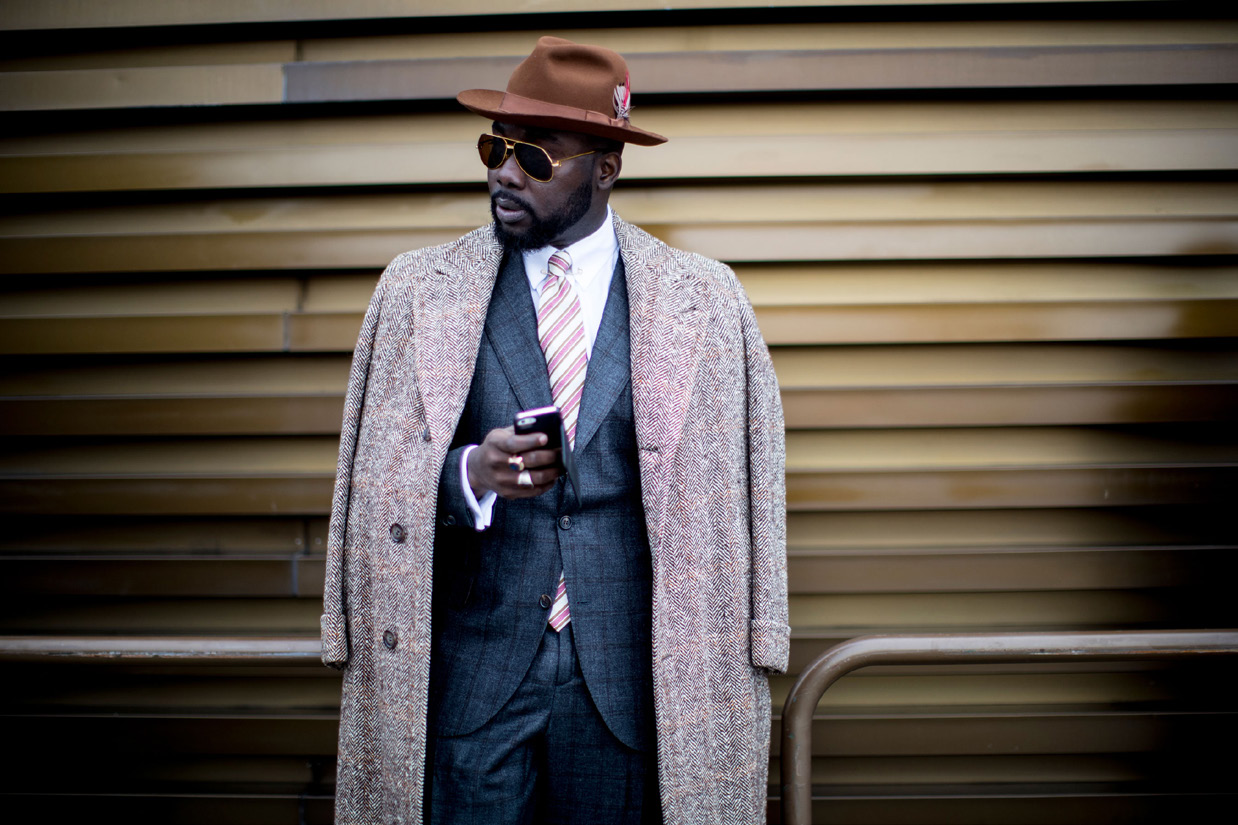
Street Style is a specific concept which comes originally from British fashion culture. It is a comprehensive approach to the fashion industry and producing styles which intersect and differ from mainstream fashion considerations. The “street” approach to style and fashion is oftentimes based upon individualism, not simply current fashion trends. Using street style methods, individuals demonstrate their multiple, negotiated identities, in addition to utilizing subcultural and intersecting styles or trends. This, in itself, is a performance, as it creates a space where identities can be explored through the act(ion) of dress.

Many people said that Bill Cunningham was the first democratic street-style photographer. Starting in 1978 in the New York Times , he snapped candid photographs of people on the street and found trends among them. Old and young, thin and fat, rich and poor… his subjects were as diverse as the city he shot them in, and truly representative of the fashions of the time (even if the people in his photos wouldn’t be considered particularly fashionable). More photojournalist than portraitist, Cunningham’s work was incredibly important in documenting the oeuvre of a time.
Concurrently, photographers like Jamel Shabazz and Shosuke Ishizu were capturing hip-hop style in the mid-’70s and Ivy League style in the mid-’60s, photographing their subjects in both posed and candid shots that let tribes of individuals showcase trends like Cazal eyeglasses and varsity jackets. Street style is an incredibly viral, incredibly instant, incredibly addictive facet of fashion that’s changed lots of the ways in which fashion gets made and consumed. But let’s stay focused on Menswear because this topic has seen its fair share of hits and misses. We have been through some rather eccentric trends and fads allowing us to come to this very present day in fashion.
Whether you’re into the retro look, love the 80s with Adam Ant at the forefront of menswear, or you like what you’ve got on today, we can all draw influence and ideas from the past and bring them into the present day. Influences can come from anywhere, at the moment we’re going through a 70s revival with brands such as Gucci leading the way in this enormous trend. You only have to look at certain areas in London to realize people still draw influences from the past.
Street style has always existed, but it has become a phenomenon of the 20th century. A few key influences that we still see today can be found in the 1920s menswear era, like wide legged trousers, for instance, were a point of hot topic – they were loose yet fitted at the waist. This created an overall larger effect with the illusion of longer legs. The wider leg was still massively in trend also in the 30s, it was way up until the 60s, yet we did see it slim down, if only slightly. Flannel played a massive part and had been used as a practical material for the working classes. Later, darker colors and looser shapes played dominant as clothes were built to last. Clothes were made to be sustainable as the war carried on, plus, it was a time of sadness for many which reflected in the fashion. Icons like James Dean paved the way for menswear. James, with his super laid-back attitude, championed the casual look; with a simple jeans and tee combination he epitomized style for the younger generation, and, made a classic without even realizing.
The platform shoe stayed in the 70s, but
Pitti Uomo, the men’s fashion show held twice annually in Florence, Italy, has long had a reputation for celebrating fine tailoring, sharp suits and the men who love to wear them on street style. The company is devoted to promoting the fashion industry worldwide. From the top down, its motivated staff wholeheartedly believes in the concept of the modern trade fair as an event that is in a constant state of renewal and development – indeed Pitti Immagine has recently expanded to one of the most famous street style events too. The trade fair must create clear and stimulating relationships involving the exhibitors, their collections and the buyers and public, even
Innovation means that it is not enough to keep in step with the times, but we have to be ahead of them. Pitti can see and understand new leaders, new stimuli and new potentials. It is bringing distant worlds and people together – culture, fashion, art, architecture, finance, and business. A multidisciplinary approach and the courage to be different; this is why the street style concept of Pitti became one of the most researched topics for menswear style.
- TAKE TO THE STREETS - April 23, 2019
- A STORM IS COMING - April 23, 2018
- RUNWAY TO REALITY - April 3, 2018






